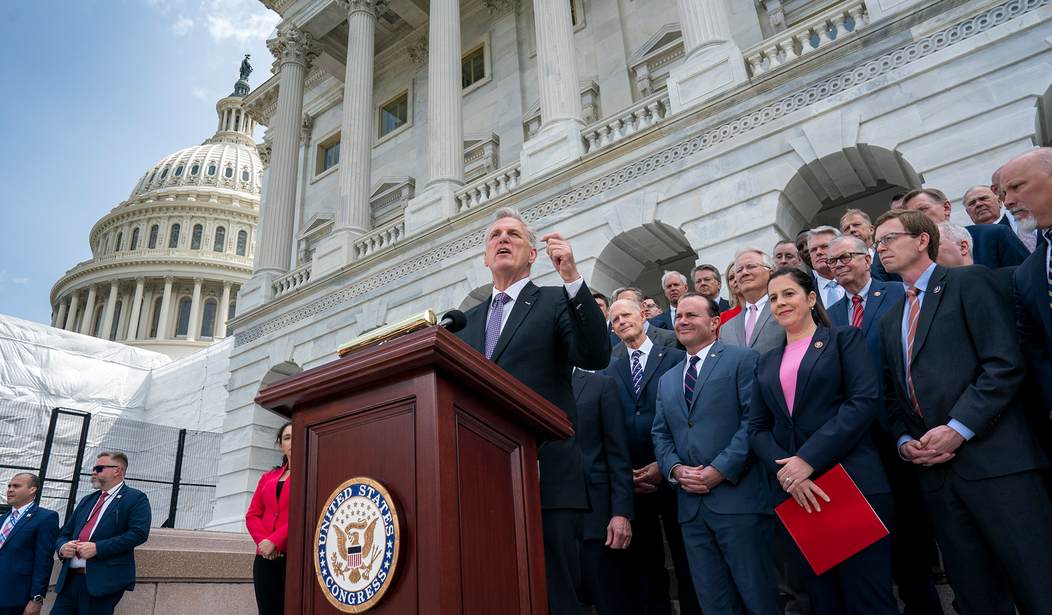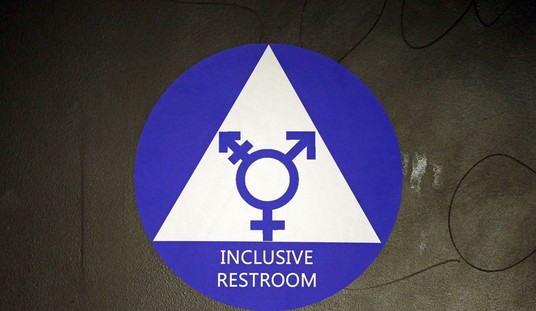Government spending during the pandemic caused a $3.1 trillion deficit in 2020 and a $2.8 trillion deficit in 2021. It was the most expensive campaign debt in history, and paying it off caused a massive spike in inflation.
Inflation is moderating — somewhat. And in 2022, the federal budget deficit dropped by the largest amount in history; from $2.8 trillion to a little less than $1 trillion.
But in 2023, instead of continuing to drop, the deficit nearly doubled to a projected $2 trillion. This despite steady, if unspectacular, growth in the economy.
This is counterintuitive, according to the Washington Post.
The surge in red ink has confounded many economists’ expectations. Typically, deficits contract when the economy grows, because businesses and consumers owe more in taxes and the government does not need to spend as much to protect those who have lost their job. Then deficits normally expand again in downturns, as those factors go into reverse. And yet the current surge in the deficit is coinciding with a period of unusually strong economic growth, amid historic lows in unemployment and robust corporate profits.
“The deficit will basically double from 2022 to 2023,” said Marc Goldwein, senior vice president of the Committee for a Responsible Federal Budget. “This should prompt a serious evaluation of federal policy going forward, though I worry it won’t.”
Lower tax receipts and higher interest rates, forcing bigger interest payments, have resulted in the budget deficit skyrocketing.
“To see this in an economy with low unemployment is truly stunning. There’s never been anything like it,” Jason Furman, who served as a top economist in the Obama administration and is now an economics professor at Harvard, told the Washington Post. “A good and strong economy, with no new emergency spending — and yet a deficit like this. The fact that it is so big in one year makes you think it must be some weird, freakish thing going on.”
The “weird, freakish thing” is Joe Biden and Republicans in Congress racing each other to the edge of the fiscal cliff to see who will jump first.
From August 2022 to this July, the federal government spent roughly $6.7 trillion while bringing in roughly $4.5 trillion. That represents a total increase in spending of 16 percent relative to last year and a 7 percent decrease in revenue, according to the Committee for a Responsible Federal Budget.
The deficit fell dramatically the year before in large part because of the expiration of trillions in emergency covid aid approved during the Trump and Biden administrations. But even as covid spending continued to fall this year, other factors pushed overall spending up.
No worries, say many on the left.
“If you think of places that have actually had problems of real fiscal sustainability which have gotten to the point of crisis — we know what those places look like, and this doesn’t look anything look like that,” said Matthew C. Klein, publisher of the Overshoot, a subscription research service focused on the global economy. “You can argue about whether you want it or not, but this is really not a crisis.”
He’s right. It’s not a crisis in the sense that the economy isn’t going to blow up — or contract — tomorrow. But somewhere, a clock is ticking. And once it hits zero, numbskulls like Mr. Klein are going to be telling us how accurate their forecasts were.










Join the conversation as a VIP Member